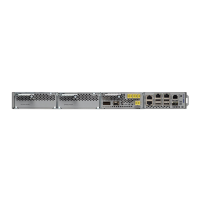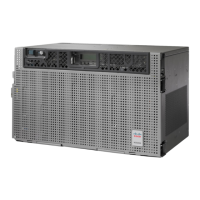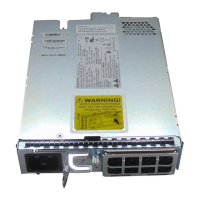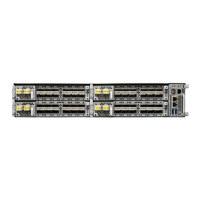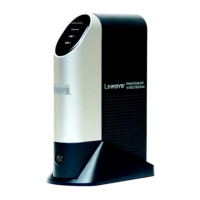Step 10 Use the commit or end command.
commit-Saves the configuration changes and remains within the configuration session.
end-Prompts user to take one of these actions:
• Yes-Saves configuration changes and exits the configuration session.
• No-Exits the configuration session without committing the configuration changes.
• Cancel-Remains in the configuration session, without committing the configuration changes.
Change Disaster-recovery Username and Password
When you define the root-system username and password initially after starting the NCS 1002, the same
username and password gets mapped as the disaster-recovery username and password for the System Admin
mode. However, it can be changed.
The disaster-recovery username and password are useful in these scenarios:
• Access the system when the AAA database, which is the default source for authentication in System
Admin, is corrupted.
• Access the system through the management port, when, for some reason, the System Admin console is
not working.
• Create new users by accessing the System Admin using the disaster-recovery username and password,
when the regular username and password is forgotten.
You can configure only one disaster-recovery username and password at a time.
Note
Before you begin
Complete the user creation. For details, see Create a User Profile, on page 37.
Procedure
Step 1 admin
Example:
RP/0/RP0/CPU0:ios# admin
Enters System Admin EXEC mode.
Step 2 configure
Example:
sysadmin-vm:0_RP0# configure
System Setup and Software Installation Guide for Cisco NCS 1002
45
Create User Profiles and Assign Privileges
Change Disaster-recovery Username and Password
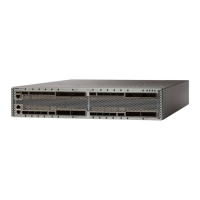
